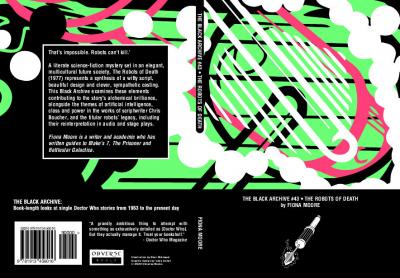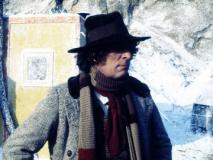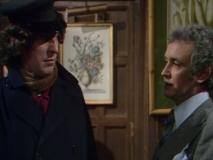Black Archive #57 - Vincent and the Doctor
The latest release in the Black Archive series looks at the eleventh Doctor story Vincent and the Doctor.
“Pain is easy to portray, but to use your passion and pain to portray the ecstasy and joy and magnificence of our world. No one had ever done it before. Perhaps no one ever will again.”
In Vincent and the Doctor, acclaimed British screenwriter Richard Curtis sets out to right a wrong. How could it be that an artist so loved and whose paintings now sell for millions, could be so unappreciated in his lifetime? Is it right that he died not knowing how much his work has added to the pile of good things in the world?
Cue the Doctor, Amy and the TARDIS. Surely they can fix this injustice? But can time travel also be used to cure depression? One invisible monster is defeated, but when it comes to handling the troubled artist the Doctor finds himself completely out of his depth.
This Black Archive considers how the voices of the writers, the artist, the monster and the paintings combine and clash to create a living work of art in itself… one that cannot be contained within its many frames.
Paul Driscoll is a member of the Black Archive editorial team and has written two previous entries in the range, on The God Complex and the 1996 television movie, as well as a book on Stranger Things. He is also co-owner of Altrix Books.
Vincent and the Doctor is available in both paperback and digitsl formats, and can be purchased directly from Obverse Books and other retailers.

















